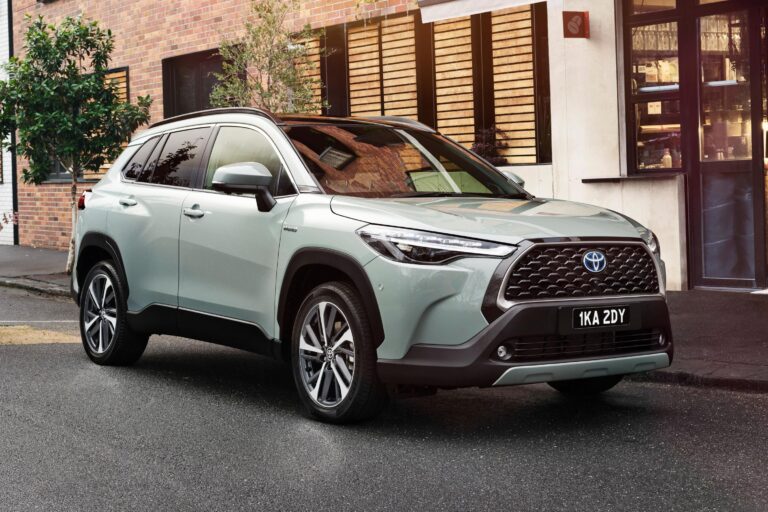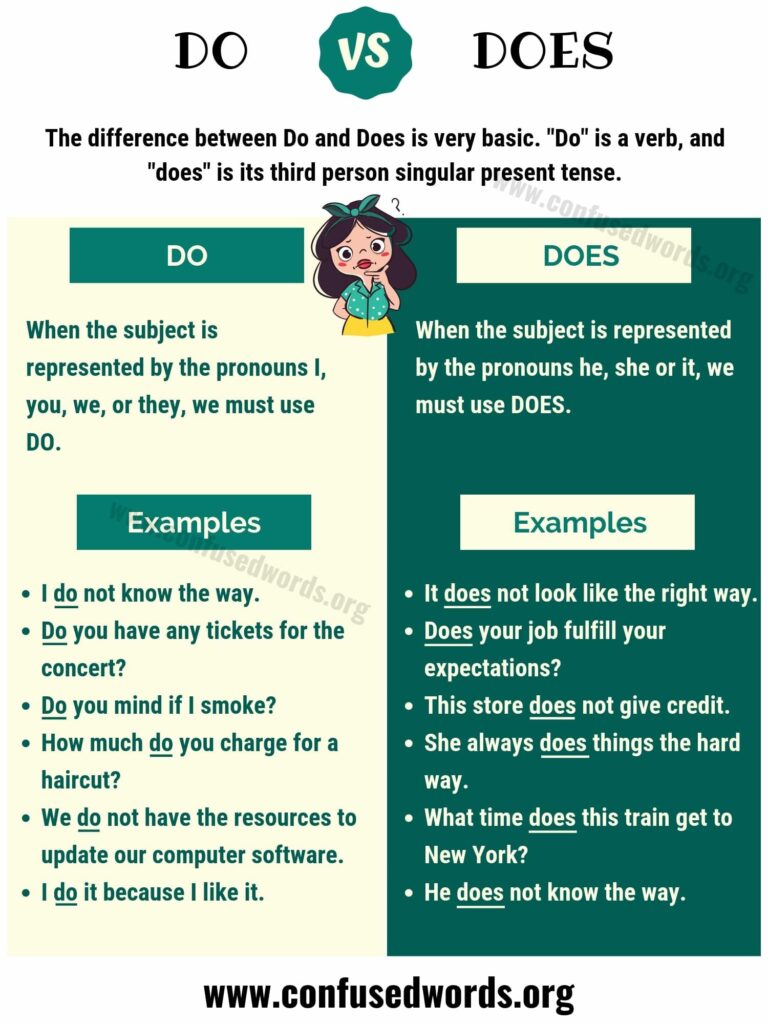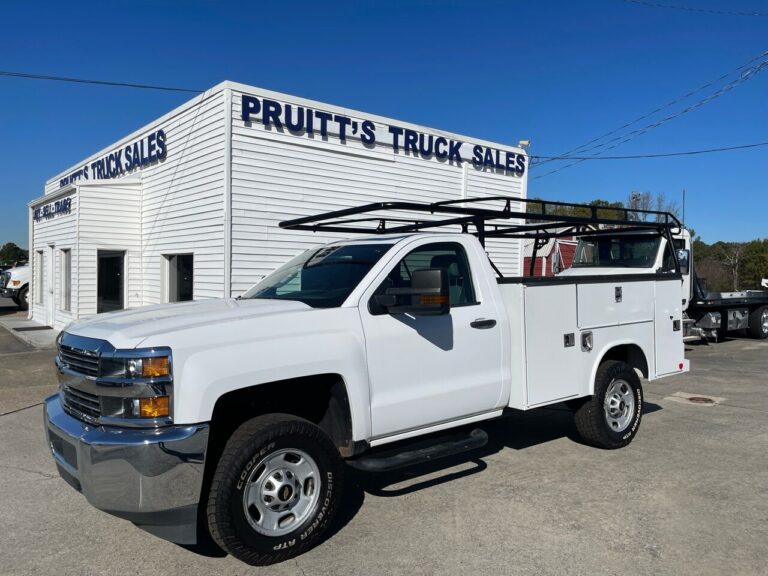The Unsung Symphony: A Deep Dive into the Pieces of a Truck Engine
The Unsung Symphony: A Deep Dive into the Pieces of a Truck Engine cars.truckstrend.com
The roar of a truck engine isn’t just noise; it’s a powerful symphony, a testament to intricate engineering and mechanical harmony. At its heart lies a complex machine, a meticulously assembled collection of components, each playing a vital role in transforming fuel into the raw power that moves tons of cargo across vast distances. Understanding the "pieces of a truck engine" is not merely an academic exercise; it’s fundamental for owners, operators, and mechanics alike. It illuminates the engine’s incredible capabilities, highlights the importance of meticulous maintenance, and empowers one to diagnose and address issues before they escalate into costly failures.
From the robust block that forms its skeleton to the microscopic sensors that monitor its every breath, every piece of a truck engine is critical. This comprehensive guide will pull back the curtain, exploring the major components, their functions, and why their individual integrity is paramount to the engine’s collective performance and longevity.
The Unsung Symphony: A Deep Dive into the Pieces of a Truck Engine
Core Engine Components: The Foundation of Power
At the very heart of any internal combustion engine, especially the powerful ones found in trucks, lies a set of foundational components that define its basic operation. These are the parts that directly facilitate the combustion process and translate it into mechanical work.
- Engine Block: Often referred to as the "backbone" or "skeleton" of the engine, the block is a large, sturdy casting (typically iron or aluminum alloy) that houses the cylinders, where combustion takes place. It provides mounting points for virtually all other engine components and contains passages for coolant and oil. Its structural integrity is paramount.
- Cylinder Head: Bolted to the top of the engine block, the cylinder head encloses the combustion chambers. It contains the intake and exhaust valves, valve springs, and often the camshaft(s) that actuate them. It’s a critical component, designed to withstand immense heat and pressure, and its sealing surface with the block (via the head gasket) is vital to prevent leaks and maintain compression.
- Crankshaft: This is the engine’s main rotating shaft, responsible for converting the linear, reciprocating motion of the pistons into rotational motion. It’s connected to the pistons via connecting rods and transmits power to the transmission. Precision balance and robust construction are essential for its operation.
- Pistons & Connecting Rods: Pistons are cylindrical components that move up and down within the cylinders, driven by the expansion of burning fuel. They transfer the force of combustion to the crankshaft via the connecting rods. Piston rings on the pistons provide a seal against the cylinder walls, preventing combustion gases from escaping and oil from entering the combustion chamber.
- Camshaft: The camshaft controls the opening and closing of the engine’s intake and exhaust valves. It features lobes (cams) that push against lifters, pushrods, and rocker arms to actuate the valves at precise timings relative to the piston’s position. Proper valve timing is crucial for engine efficiency and performance.
- Valves (Intake & Exhaust): These precisely machined components open and close to regulate the flow of air and fuel into the cylinders (intake valves) and exhaust gases out of the cylinders (exhaust valves). They must seal perfectly against their seats in the cylinder head to maintain compression.
- Oil Pan: Located at the bottom of the engine, the oil pan serves as a reservoir for the engine’s lubricating oil. It’s designed to collect oil drained from various engine components and allows the oil pump to pick it up for recirculation.
Fuel System Components: Powering the Beast
The fuel system is responsible for delivering a precisely metered amount of clean fuel to the engine’s combustion chambers at the right time.
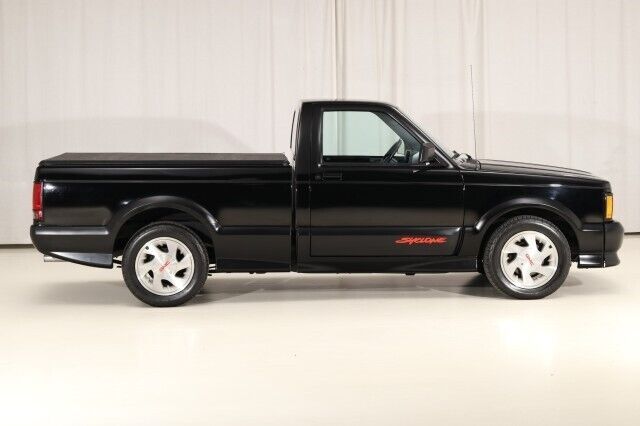
- Fuel Pump: This component draws fuel from the truck’s tank and delivers it under pressure to the engine’s fuel rail or injection system. Modern trucks typically use electric fuel pumps, sometimes with a lift pump in the tank and a high-pressure pump near the engine.
- Fuel Injectors: These sophisticated devices atomize fuel into a fine mist and spray it directly into the combustion chamber (direct injection) or intake manifold (port injection). Precision and reliability are key for efficient combustion and emissions control.
- Fuel Filters: Located at various points in the fuel line, filters remove contaminants (dirt, rust, water) from the fuel, preventing damage to the sensitive fuel pump and injectors. Regular replacement is crucial.
- Fuel Lines: A network of lines and hoses transports fuel safely and efficiently from the tank to the engine and back.
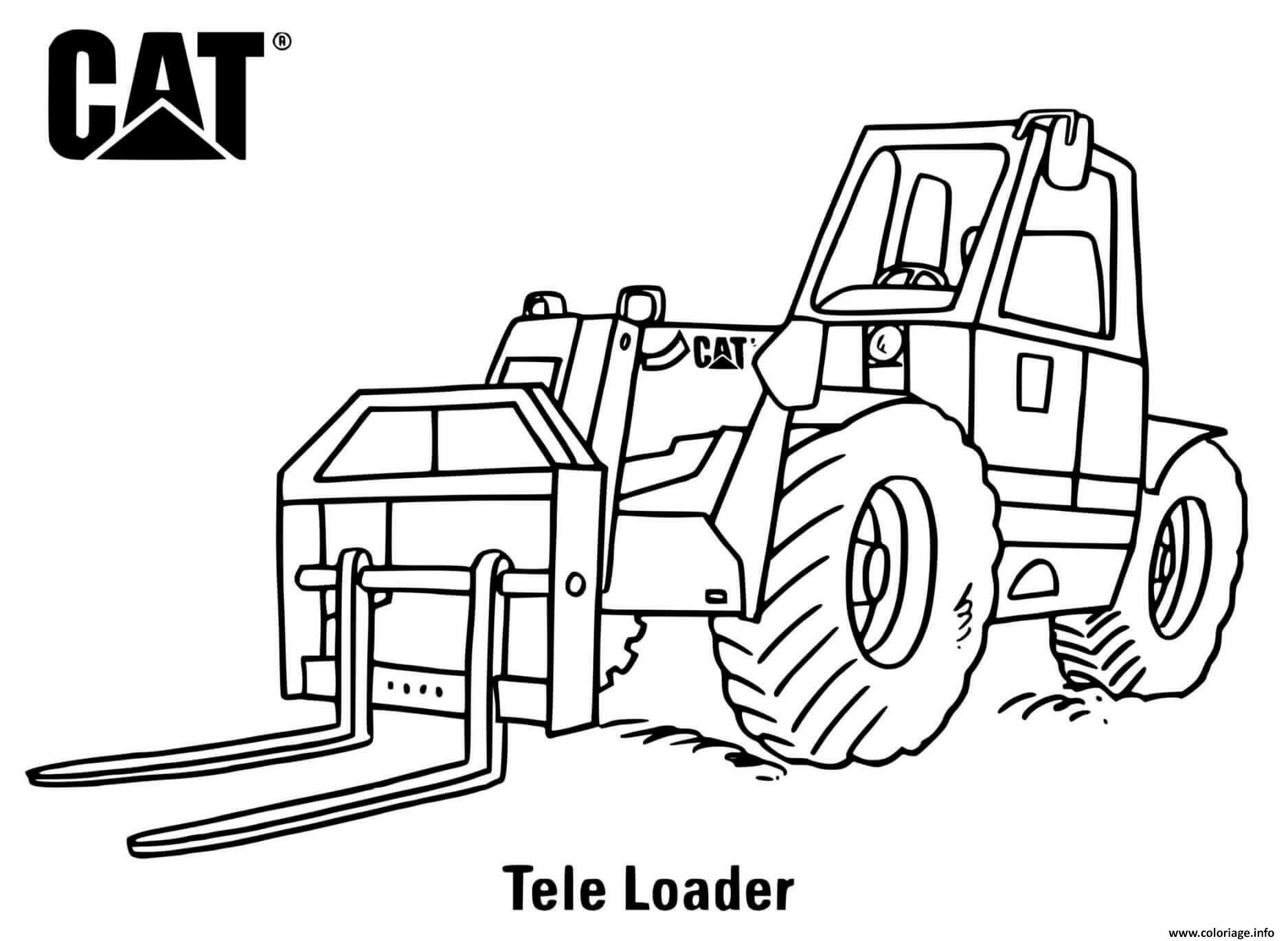
Air Intake and Exhaust System Components: Breathing and Expelling
An engine is essentially a giant air pump. The air intake system ensures a clean, abundant supply of air, while the exhaust system efficiently expels spent gases.
- Air Filter: This crucial component prevents dust, dirt, and other contaminants from entering the engine’s combustion chambers, which could cause significant wear. A clogged air filter restricts airflow, reducing engine performance and fuel efficiency.
- Turbocharger/Supercharger (if applicable): Many truck engines utilize forced induction to increase power output. A turbocharger uses exhaust gases to spin a turbine, which in turn spins a compressor, forcing more air into the engine. A supercharger is mechanically driven by the engine. Both significantly boost horsepower and torque.
- Intercooler: When air is compressed by a turbocharger or supercharger, it heats up. An intercooler (or charge air cooler) cools this compressed air before it enters the engine, making it denser and further improving combustion efficiency and power.
- Exhaust Manifold: This component collects exhaust gases from individual cylinders and channels them into a single pipe. It’s designed to withstand extreme temperatures.
- Catalytic Converter/DPF (Diesel Particulate Filter): These emission control devices are critical for reducing harmful pollutants. Catalytic converters convert toxic gases into less harmful ones, while DPFs trap soot from diesel exhaust. Regular maintenance or regeneration cycles are required for DPFs.
- Muffler: Reduces the noise produced by the engine’s exhaust gases, ensuring compliance with noise regulations.
Cooling System Components: Keeping it Cool
Combustion generates immense heat. Without an efficient cooling system, an engine would quickly overheat and seize.
- Radiator: A large heat exchanger that dissipates heat from the engine coolant into the surrounding air. It typically sits at the front of the truck.
- Water Pump: Circulates coolant throughout the engine block, cylinder head, and radiator, ensuring consistent temperature regulation.
- Thermostat: A temperature-sensitive valve that controls the flow of coolant. It remains closed until the engine reaches its optimal operating temperature, then opens to allow coolant to circulate through the radiator.
- Hoses & Coolant Lines: A network of durable hoses and metal lines transports coolant between the engine, radiator, and other cooling system components.
- Fan: Electric or engine-driven fans pull air through the radiator, especially at low speeds or when the truck is stationary, to enhance cooling.
Lubrication System Components: The Lifeline
The lubrication system is vital for reducing friction, cooling engine parts, and cleaning internal components.
- Oil Pump: Draws oil from the oil pan and circulates it under pressure throughout the engine, delivering it to critical moving parts like bearings, pistons, and camshafts.
- Oil Filter: Removes contaminants and debris from the engine oil, preventing them from causing wear and tear on precision components. Regular replacement is non-negotiable.
- Oil Cooler: In many heavy-duty truck engines, an oil cooler is used to further reduce the temperature of the engine oil, especially under heavy loads, ensuring optimal lubrication properties.
- Oil Pan: As mentioned, the reservoir for engine oil.
- Sensors: Various sensors monitor oil pressure and level, providing critical data to the ECU and alerting the driver to potential issues.
Electrical and Ancillary Components: Ignition and Control
These components provide the necessary electrical power and intelligent control for the engine to operate efficiently.
- Starter Motor: An electric motor that engages with the engine’s flywheel to crank the engine and initiate combustion.
- Alternator: Generates electrical power to recharge the truck’s battery and supply power to all electrical systems while the engine is running.
- Battery: Provides the initial surge of power to the starter motor and powers electrical components when the engine is off.
- ECU (Engine Control Unit): The "brain" of the engine. This sophisticated computer receives data from numerous sensors, processes it, and sends commands to actuators (like fuel injectors, ignition coils, and variable valve timing systems) to optimize engine performance, fuel efficiency, and emissions.
- Sensors: A vast array of sensors (e.g., Crankshaft Position Sensor, Camshaft Position Sensor, Oxygen Sensor, Manifold Absolute Pressure (MAP) Sensor, Mass Air Flow (MAF) Sensor, Coolant Temperature Sensor) constantly monitor engine conditions and feed data to the ECU.
- Glow Plugs (Diesel): In diesel engines, glow plugs heat the combustion chamber before starting, especially in cold weather, to aid ignition.
Importance of Quality Components & Maintenance
Understanding the individual pieces of a truck engine underscores a crucial point: the performance and longevity of the entire system depend on the health and quality of each component.
- Benefits of Quality Components: Using genuine OEM (Original Equipment Manufacturer) or high-quality aftermarket parts ensures compatibility, durability, and optimal performance. They are designed to meet strict specifications, leading to better fuel efficiency, reduced emissions, extended engine life, and improved safety.
- Challenges: The market is flooded with counterfeit or low-quality parts that may be cheaper upfront but can lead to premature failure, damage to other components, and significant downtime. Improper installation or neglecting routine maintenance can also severely compromise engine health.
- Tips & Actionable Insights:
- Regular Inspections: Periodically inspect belts, hoses, fluid levels, and visible components for signs of wear, leaks, or damage.
- Adhere to Service Schedules: Follow the manufacturer’s recommended maintenance schedule for oil changes, filter replacements (oil, fuel, air), coolant flushes, and timing belt/chain inspections.
- Listen to Your Truck: Pay attention to unusual noises, vibrations, smells, or warning lights on the dashboard. These are often early indicators of a developing problem.
- Invest in Diagnostics: Modern truck engines are highly computerized. Investing in diagnostic tools or regular professional diagnostic checks can identify issues before they become catastrophic.
- Professional Servicing: While some minor tasks can be DIY, complex engine repairs or component replacements should be entrusted to certified mechanics who have the specialized tools and expertise.
Table of Example Component Prices (Estimated Ranges)
Please note: These prices are highly variable and depend on the truck make, model, year, engine type (diesel/gas), brand (OEM vs. aftermarket), new vs. remanufactured, and regional market conditions. These are general estimated ranges for individual parts and do not include labor costs for installation.
| Component | Estimated Price Range (USD) | Notes |
|---|---|---|
| Engine Block (New/Bare) | $2,500 – $10,000+ | Varies greatly by engine size/type. Can be significantly more for complete assemblies. |
| Cylinder Head (New/Bare) | $800 – $4,000+ | Single head for inline engines, per head for V-engines. Complete with valves will be higher. |
| Crankshaft | $700 – $3,500+ | New or remanufactured. |
| Piston & Rod Assembly (ea.) | $100 – $400+ | Price per cylinder. Rings often sold separately or in kits. |
| Fuel Injector (ea.) | $150 – $600+ | Diesel injectors generally more expensive. |
| Turbocharger | $800 – $4,000+ | Remanufactured often available at lower cost. |
| Water Pump | $80 – $400+ | Varies by engine type and brand. |
| Radiator | $200 – $1,000+ | Size and material dependent. |
| Alternator | $150 – $600+ | New or remanufactured. |
| Starter Motor | $100 – $500+ | New or remanufactured. |
| Fuel Pump (Electric) | $100 – $500+ | High-pressure diesel pumps can be significantly more. |
| ECU (Engine Control Unit) | $500 – $2,500+ | Often requires programming to the specific vehicle. |
| Diesel Particulate Filter (DPF) | $1,500 – $5,000+ | Highly expensive emission component. |
| Oil Pump | $50 – $250+ | Critical component for engine longevity. |
| Oil Filter | $15 – $50+ | Essential regular maintenance item. |
| Air Filter | $20 – $100+ | Critical regular maintenance item. |
Frequently Asked Questions (FAQ)
Q1: How often should engine components be inspected?
A1: Basic visual inspections of hoses, belts, fluid levels, and any obvious leaks should be part of your pre-trip or daily checks. More detailed inspections should be conducted during routine scheduled maintenance, typically every 10,000-25,000 miles, depending on the truck manufacturer’s recommendations and operating conditions.
Q2: What are common signs of a failing engine component?
A2: Common signs include unusual noises (knocking, ticking, grinding), excessive smoke from the exhaust (different colors indicate different issues), loss of power, reduced fuel efficiency, warning lights on the dashboard (e.g., Check Engine, Low Oil Pressure, Overheat), fluid leaks, or rough idling/stalling.
Q3: Should I use OEM (Original Equipment Manufacturer) or aftermarket parts?
A3: OEM parts are designed specifically for your truck and often come with a warranty, ensuring perfect fit and performance. Aftermarket parts can be a more affordable alternative, but their quality can vary widely. For critical engine components, OEM or high-quality, reputable aftermarket brands are generally recommended to ensure reliability and longevity.
Q4: Can I replace engine components myself?
A4: Some basic components like air filters, oil filters, or minor hose replacements can be done by a mechanically inclined individual. However, for complex internal engine components (e.g., pistons, crankshaft, cylinder head), fuel system components, or electrical diagnostics, specialized tools, knowledge, and experience are required. Improper installation can cause severe damage. It’s best to consult a certified truck mechanic for major repairs.
Q5: What’s the most common cause of engine failure in trucks?
A5: While many factors can contribute, the most common causes of premature engine failure are often related to:
- Lack of lubrication: Neglecting oil changes, using incorrect oil, or low oil levels.
- Overheating: Due to cooling system failures (leaks, faulty thermostat, clogged radiator).
- Contamination: Dirt in the air intake, water/debris in fuel, or dirty oil.
- Neglected maintenance: Failing to replace filters, worn belts, or addressing minor issues early.
- Overloading or improper operation: Consistently pushing the engine beyond its design limits.
Conclusion
The "pieces of a truck engine" are far more than just metal and wires; they are the meticulously designed elements of a robust system that powers the global economy. Each component, from the microscopic oil filter to the mighty engine block, contributes to the engine’s ability to reliably deliver immense power and endure millions of miles. Understanding these pieces fosters a deeper appreciation for the engineering marvel that is a truck engine and empowers owners and operators to make informed decisions regarding maintenance and repairs. By respecting the intricate balance of these components and committing to their proper care, we ensure the symphony continues to play, keeping our trucks on the road, delivering their vital cargo, and contributing to the relentless pulse of industry and commerce.



